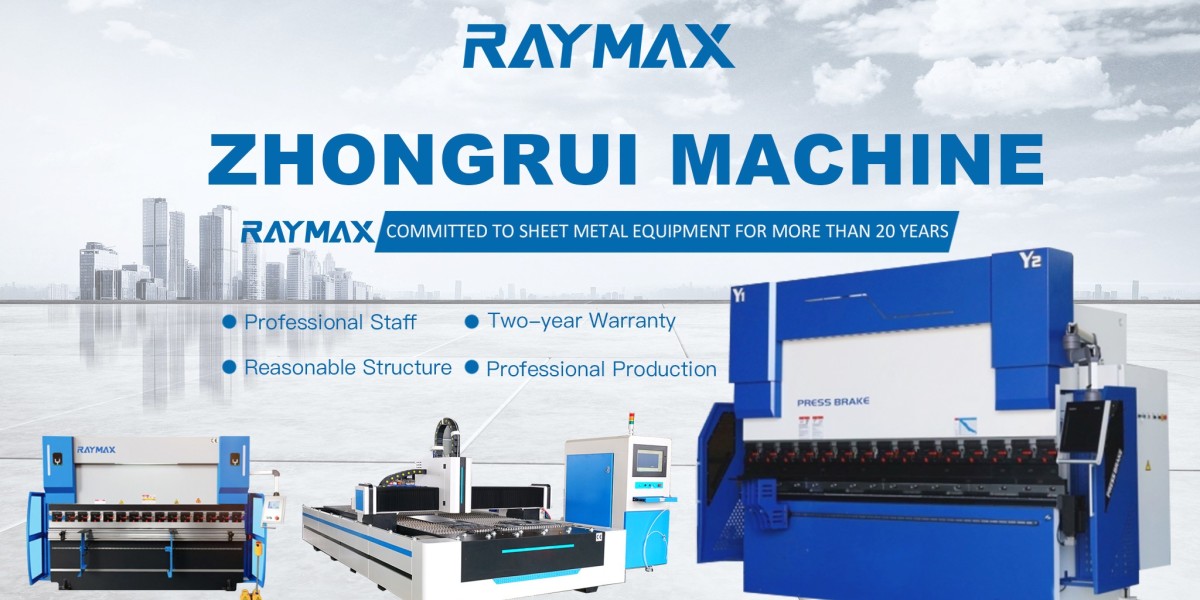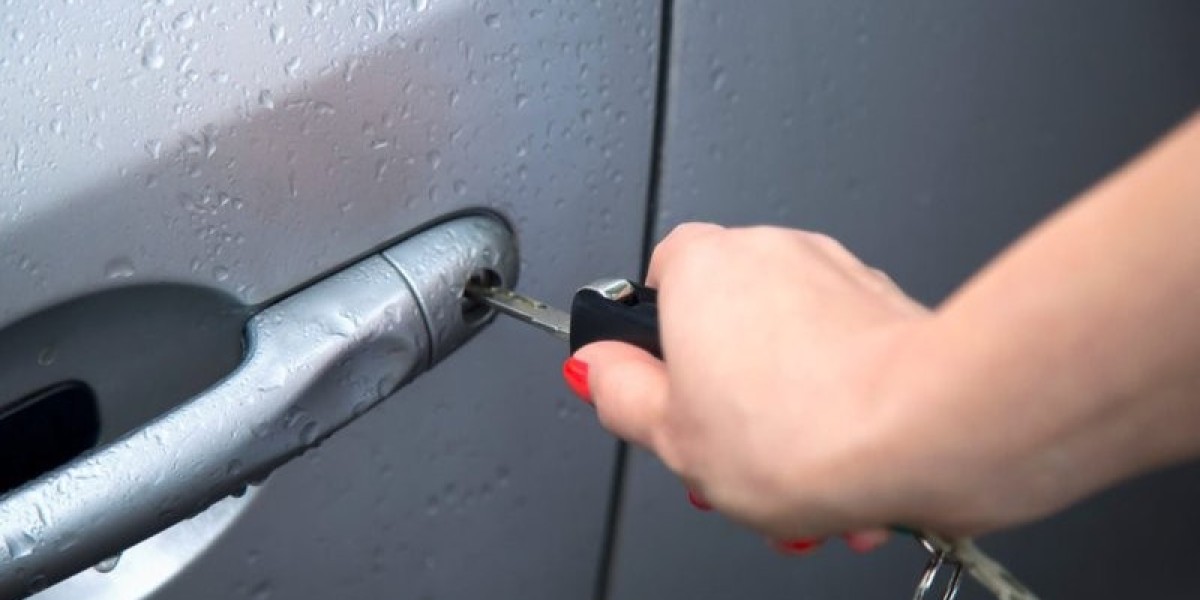Hydraulic press brakes play a vital role in the automotive industry, offering precision, efficiency, and adaptability for creating various metal components. Their ability to handle a wide range of materials and configurations makes them indispensable in modern car production. This article explores the critical applications of hydraulic press brakes in automotive manufacturing, highlights the advantages they offer, and provides real-world examples of products they help create.
What Is a Hydraulic Press Brake?
A hydraulic press brake is a metalworking machine used to bend and shape metal sheets. By employing hydraulic pressure, it ensures consistent force distribution, making it ideal for creating precise bends in automotive components. These machines come equipped with advanced CNC systems that enhance their accuracy and allow for complex operations.
Why Hydraulic Press Brakes?
Hydraulic press brakes provide several benefits that align perfectly with the demands of the automotive sector:
High Precision: Their CNC-controlled operations allow for intricate designs and repeatable accuracy, critical for mass production.
Versatility: Capable of handling a variety of materials, including steel, aluminum, and high-strength alloys used in modern vehicles.
Efficiency: High-speed operations and multi-bend capabilities improve production timelines.
Cost-Effectiveness: Reduced material waste and energy-efficient designs lower operational costs.
Safety and Automation: Equipped with sensors and automated features to ensure safe and efficient functioning.
Automotive Components From Hydraulic Press Brakes
Hydraulic press brakes are employed in manufacturing various essential parts of a vehicle. Here are key examples:
Car Body Panels
Outer body panels, including doors, hoods, and trunk lids. Automotive manufacturers such as Tesla and Ford utilize hydraulic press brakes to shape lightweight aluminum sheets for electric vehicle exteriors. These machines ensure consistent quality and design precision.
Chassis Components
Frame rails, cross members, and reinforcement brackets. High-strength steel frames for SUVs and trucks require precise bending to meet structural integrity standards. Hydraulic press brakes handle these demanding tasks with ease.
Suspension and Steering Parts
Control arms, brackets, and stabilizer bar mounts. Hydraulic press brakes are used to produce these components, ensuring durability and exact specifications for performance.
Interior Structures
Seat frames, dashboard supports, and mounting brackets. Manufacturers use hydraulic press brakes to bend metal for ergonomic and lightweight seat frames, essential for passenger safety and comfort.
Battery Trays in Electric Vehicles
Battery enclosures and trays for electric and hybrid vehicles. Aluminum battery trays require precision bending to secure cells while maintaining light weight. Hydraulic press brakes are pivotal in this process.
What Brands Use Hydraulic Press Brake
Several automotive manufacturers integrate hydraulic press brakes into their production lines to enhance efficiency:
Volkswagen
Volkswagen employs hydraulic press brakes to create lightweight yet durable body panels for their electric vehicle lineup. The integration of CNC-controlled hydraulic press brakes enables the company to meet sustainability goals while maintaining high-quality production standards.
General Motors (GM)
General Motors uses hydraulic press brakes in their chassis production facilities. The machines' ability to bend high-strength steel ensures the structural integrity of their SUVs and trucks, a key requirement for safety and performance.
CNC Technology in Hydraulic Press Brakes
Modern hydraulic press brakes often feature CNC technology, which enhances their capabilities in automotive manufacturing:
Automation: Minimizes manual intervention, increasing production speed and consistency.
Customization: Allows for quick adjustments in bend angles and configurations to accommodate diverse automotive designs.
Quality Control: Reduces errors, ensuring high-quality components for critical applications.
Maintenance and Care
To maintain optimal performance in automotive manufacturing, regular maintenance of hydraulic press brakes is crucial:
Hydraulic System: Regularly inspect and replace hydraulic oil to avoid contamination.
Tooling: Ensure bending tools are cleaned and properly aligned.
Calibration: Periodically calibrate CNC systems to maintain precision.
Conclusion
Hydraulic press brakes are indispensable in the automotive industry, offering the precision and versatility required for manufacturing diverse components. From body panels to battery trays, these machines help meet the sector's high standards for quality and efficiency. As the hydraulic press brake manufacturers continue to evolve with a focus on lightweight materials and electric vehicles, hydraulic press brakes will remain at the forefront of innovation.









